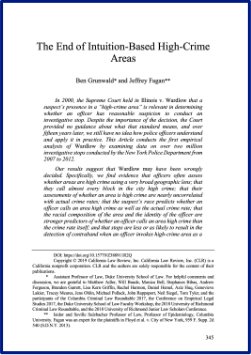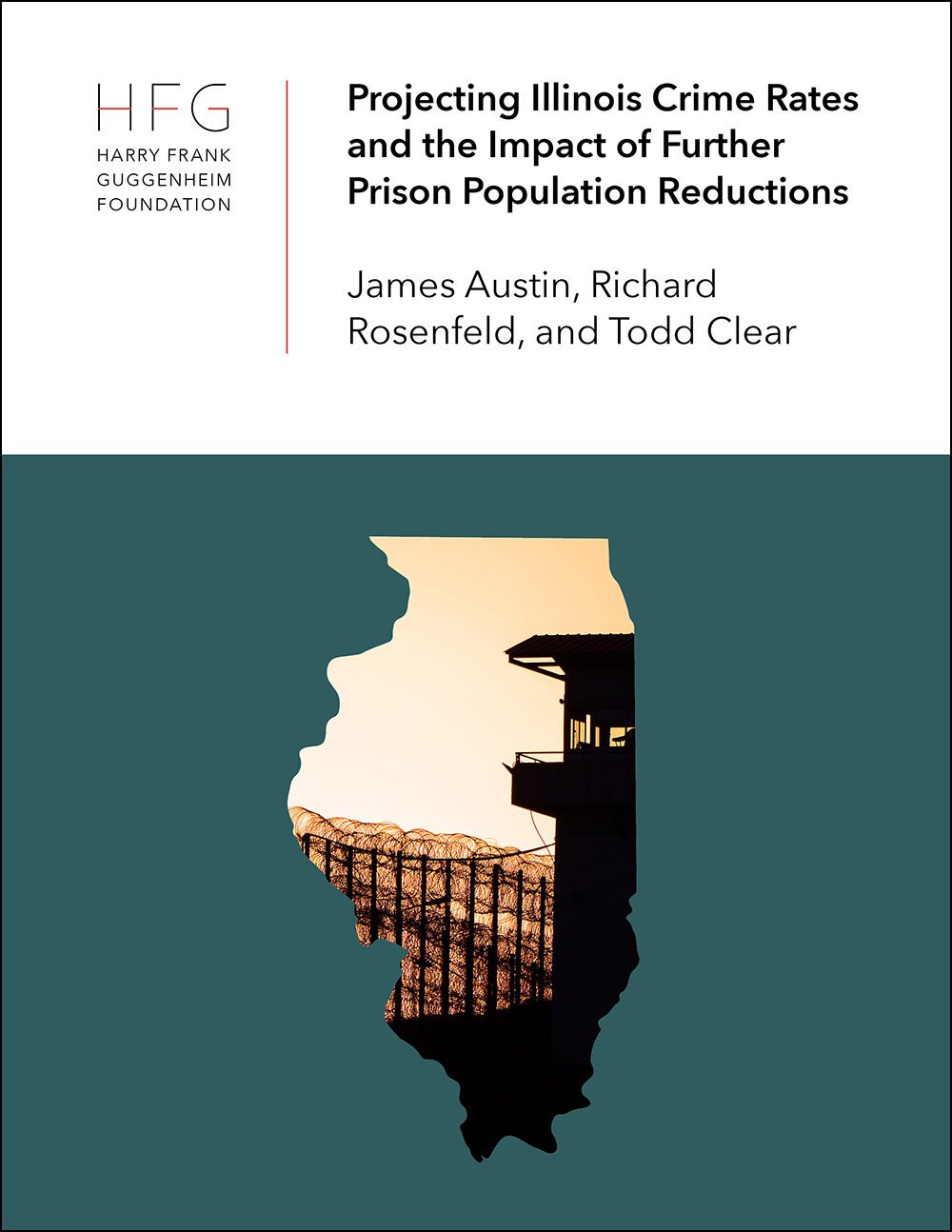By: Ronald W. Perry, Marjorie R. Greene, and Michael K. Lindell
As a strategy for manipulating the consequences of disasters, evacuation - that is, the relocation of people from a place of high threat to a relatively safer place - has a particularly long history and constitutes a common societal adjustment to environmental hazards. The Greek historian Herodotus described the Egyptians systematic evacuations to escape the seasonal flooding of the Nile River as early as the fourth century B.C. During the Middle Ages in Europe, significant movements of populations occurred as a function of people’s attempts to escape various epidemics. The history of warfare, from the Dorian invasion of central Greece in 1130 B.C., through the Vietnam conflict of the 1970s and the recent invasion of Afghanistan, is also a history of population movements, many of which began as evacuations. Thus, evacuation has been used by many societies for centuries as an adjustment to cope with disasters.
Particularly with regard to riverine flooding, pre-impact evacuation of the threatened population is an important management strategy which may be used by authorities. Of course, evacuation is not the only, or even the “best”, means of coping with flood hazards. Other options include controlled building in flood plains and enhanced building design and construction techniques. Such measures, however, are easily incorporated into new construction and communities, but not so easy to institute in established comnites where such protections tend to be developed slowly in connection with continuous building and renovation. Thus, many communities must depend, in part or completely, upon measures other than elaborate land use planning or restrictive construction codes in their plans to adjust to floods.
Disasters, Vol.4, No.4.pp.433449








